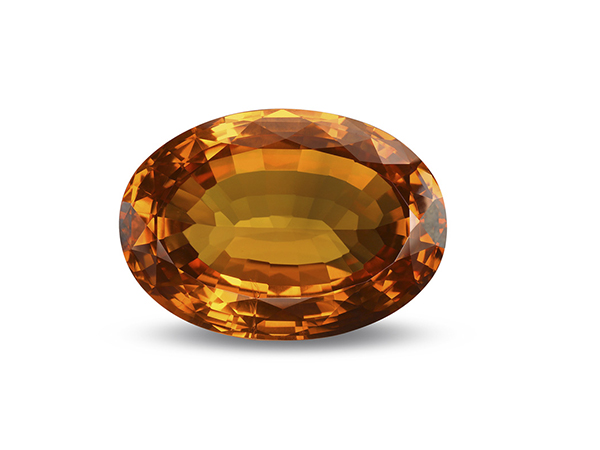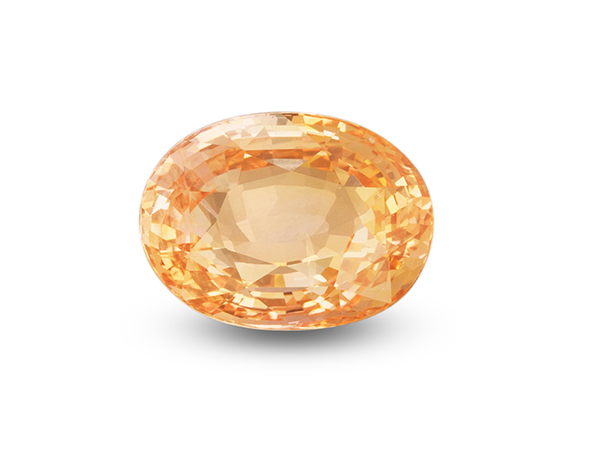KORNERUPINE

characteristic
Kornerupine has the following basic physical and chemical properties:
1. Chemical composition: borosilicate of magnesium aluminum iron, Mg3Al6(Si, Al, B) 5O21(OH).
2. Crystal structure orthorhombic system.
3. Lattice crystal, mostly water etched pebbles.
4. Cleavage.
5. Fracture.
6. Hardness 6.5~7.
7. Specific gravity 3.3.
8. Refractive index 1.677-1.699.
9. Birefringence 0.013.
10. Photonic biaxial crystal negative light.
11. Glossy glass luster.
12. Transparency transparent to translucent.
13. Low dispersion (0.019).
14. The color is generally green, yellowish green, brown, golden yellow and colorless.
15. Multicolor, obvious, brown and green.
16. Optical effects cat's eye and starlight effect.
17. The absorption spectrum is expressed as iron absorption spectrum, there is a strong band in the purple region, and a weak band in the blue-green region.
Distributed
The columnite is produced in crystalline schist, pegmatite and its ore. The main producing areas are Myanmar, East Africa, Madagascar and Sri Lanka.

The columnar stone can be used for art and craft. In the art of art and craft, it is required to have a bright crystal color, high transparency and large particle size. There are already faceted gemstones, such as the browns in Sri Lanka weighing 21.6 carats, the green ones weighing 8.1 carats, and so on.
The columnite in the earth's crust is produced in crystalline schist, pegmatite, granulite and sand. The countries producing gem-quality columnar spar in the world are Canada, Sri Lanka, Myanmar, Madagascar, Kenya, Tanzania, etc. For example, Quebec in Canada produces pale yellow, dark green columnar crystals with a length of 5.08 cm and a diameter of 1.27 cm. Sri Lanka's gravel pebble layer produces yellow-brown to pale red columnar crystals.
The sandstone mine in Mugu Valley in Myanmar produces pale green columnar crystals. Madagascar produces yellow-green transparent columnar crystals and dark green and aquamarine columnar crystals. Stone crystals, bright green columnar crystals from Kenya, and green columnars in Tanzania.
